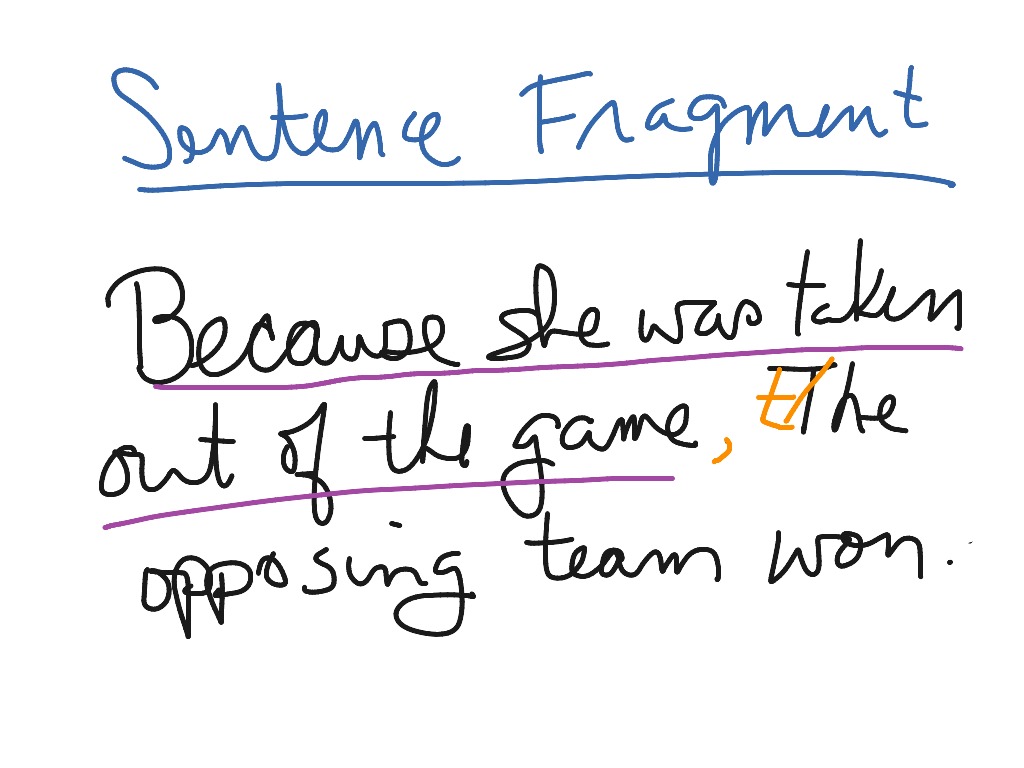

Have a suppressed immune system and HPV infection, which make it harder for your body to eliminate abnormal cells caused by the virus.You’re at an increased risk for SIL if you: Who’s at risk for squamous intraepithelial lesions? They usually need some form of treatment right away or they could turn into cancer. These lesions look very abnormal under a microscope. High-grade: High-grade SILs include moderate dysplasia, severe dysplasia and neoplasia in-situ (the last phase before tissue becomes cancerous).They usually go away on their own without treatment and are less likely to turn into cancer. Low-grade: Also called mild dysplasia, these lesions only look slightly different under a microscope compared to normal skin.Healthcare providers classify SILs as low-grade or high-grade: high-grade squamous intraepithelial lesion: What’s the difference? SILs can also be called “dysplasia” or “neoplasia”. Usually, SILs can be considered “precancers.” This means they aren’t cancer, but they could become cancer if the abnormal cells grow into deeper layers of tissue.
#Minute fragments meaning skin#
The skin changes (SIL) themselves cannot be spread from person to person, but the virus can be transmitted through sex as a sexually transmitted infection (STI). Skin that develops lesions found to be an SIL is usually the result of a virus called the human papillomavirus, or HPV. These areas of skin can form on the lining of certain body parts, like your cervix, vagina, vulva, anus, penis and the back of your throat. What is a squamous intraepithelial lesion?Ī squamous intraepithelial lesion (SIL) is an area or spot of skin on the inside or outside of your body that grows in a more disorganized way than the skin around it.


 0 kommentar(er)
0 kommentar(er)
